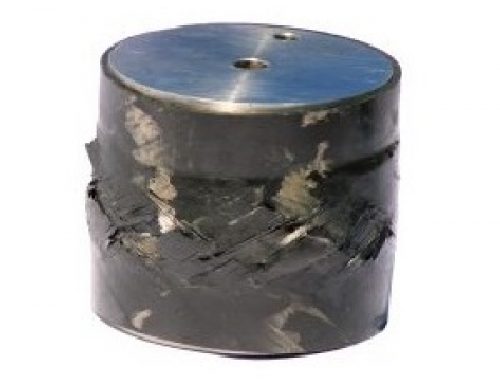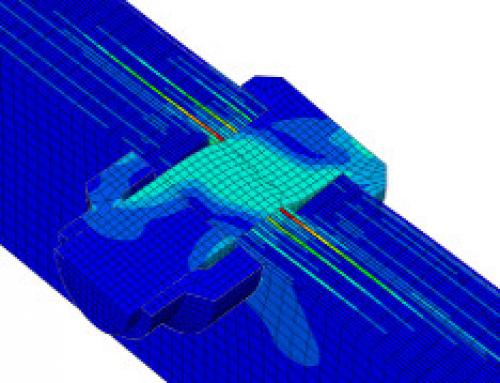Unidirectional (UD) braids show very good damage tolerance compared to standard UD tapes. A gain of out-of-plane undulation is achieved by braiding, which decreases the damaged area after impact and increases the Compression After Impact (CAI) strength. However, braiding lowers in-plane strength and stiffness.
A Finite Element (FE) model of the microstructure is created in which the constituents are included separately. Microscopy of various specimens is performed to obtain information on the microstructure of the cured composite. The FE model is employed to determine the homogenized stiffness properties for use in large scale models. Furthermore, a parametric study is performed to investigate the influence of fiber crimp on stiffness. Predictions on strength are made in analyses with progressive damage models for fibers and matrix.
Various experiments are simulated using a developed macro-scale material model which includes 3D damage criteria for matrix and fibers. The tensile strength of relatively thick laminates is predicted in simulations of plane tension coupon tests. Dynamic analysis is performed to model low velocity impact on a beam with z-shaped cross-section. After impact the beam is subjected to 4 point bending to determine the residual strength.
A trend line on CAI strength is produced by modeling impact on a rectangular laminate at various energies. The material model implementation allows for visualization of the damage distribution in the material. The damage surface area is useful for comparison with the delamination area in experiments.






